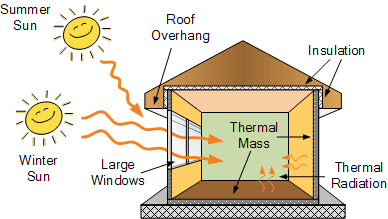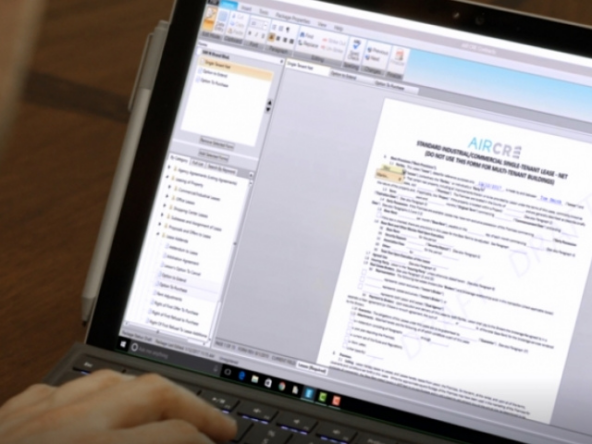Every couple of years, California increases its standards of energy efficiency requirements for residential and commercial buildings which fall under the California Building Code Title 24. The next standards will be released in July of 2016, so now is a good time to evaluate your current situation and budget for any significant changes you consider making to your building next year.
The roof is the single largest investment you make in the life cycle of a commercial building. Not only does it keep the rain out and it has the biggest impact on your energy consumption. The pitch, composition, and even color of your roof can make a huge difference in the energy efficiency of your property. In 2013, Los Angeles became the first city to pass building codes requiring “cool roofs” as the standard for all new construction. So what is a cool roof?
A cool roof is one that uses special materials or coatings to reflect the heat and light away from the roof surface. The most common types of cool roof systems listed by the Cool Roof Ratings Council are:
Roof Coatings: Roof coatings can be divided into two categories: field-applied and factory-applied. Field-applied coatings are applied directly onto the roof surface, either on a new roof assembly or over an existing roof surface (and can be applied over top of just about anything, so long as the right coating is selected). Factory-applied coatings are applied at the factory prior to distribution. Examples of factory-applied coatings include coatings applied to metal and glazes that are applied to tiles.
Foam Roof Systems: Foam roof systems can also be divided into the field-applied and factory-applied categories. Field-applied foam systems are similar to field-applied coatings, as they are sprayed on in liquid form and harden as they set on top of the roof. Factory-applied foam systems are formed into rigid panels and coated with a reflective coating. The foam usually give the roof system additional insulation properties.
Built-up Roofing (includes asphalt and coal tar pitch): Built-up Roofing (BUR) consists of built-up layers of coated asphalt and insulation applied on site and can be covered with a capsheet (or surfacing material). The “cool” products found of the CRRC directory in this category refer to the properties of the capsheet.
By using the natural properties of light and color, you can reflect 60% more of the sun’s rays every day!
Once these rays hit, the composition and angle of your roof will determine what happens next. Although almost every “cool roof” is white, their compositions range from stone aggragate to spray prolyurethane foam. (You can find a complete directory of rated products on the Cool Roof Rating Council website.)

The pitch of your roof and overhangs will determine where the sun rays enter the building at different times of year. In the winter, the sun is lower in the sky, and its rays can enter directly into your windows, helping to heat the interior. In the summer, the sun will be high above your roof and its harshest rays will be blocked from your windows by a well measured overhang.
It is prudent to seek out professional help long before construction begins since the maximum return on your investment begins in the planning and design of your roof. Many clients will have conflicting advice from different roofing contractors. Given the cost of a new roof, there are consultants who can advise on the the best type of roof systems for the application. TiCon Commercial Inspection has a fantastic article about choosing roof systems and consultant (read more).
Even though roof replacement is large initial investment, it is proven that a cool roof will decrease energy consumption and replacing the roof will significantly reduce the annual maintenance cost. Smart operators value major capital improvements two ways: 1) Capitalize the cash flow savings–reduction in energy costs and maintenance–and see how the investment in that item returns to your bottom line. 2) Amortize the new roof over its useful life as an offset against the annual cost savings and pass them through to the tenants as a reimbursable expense.
For more reading visit:
California Energy Efficiency Code :: Title 24
TiCon Commercial Inspections: Frontiers in Flat Roof Applications




